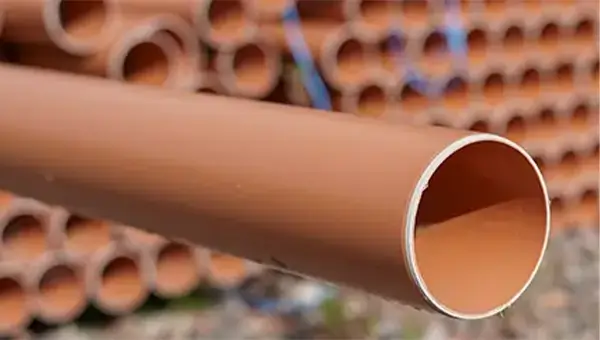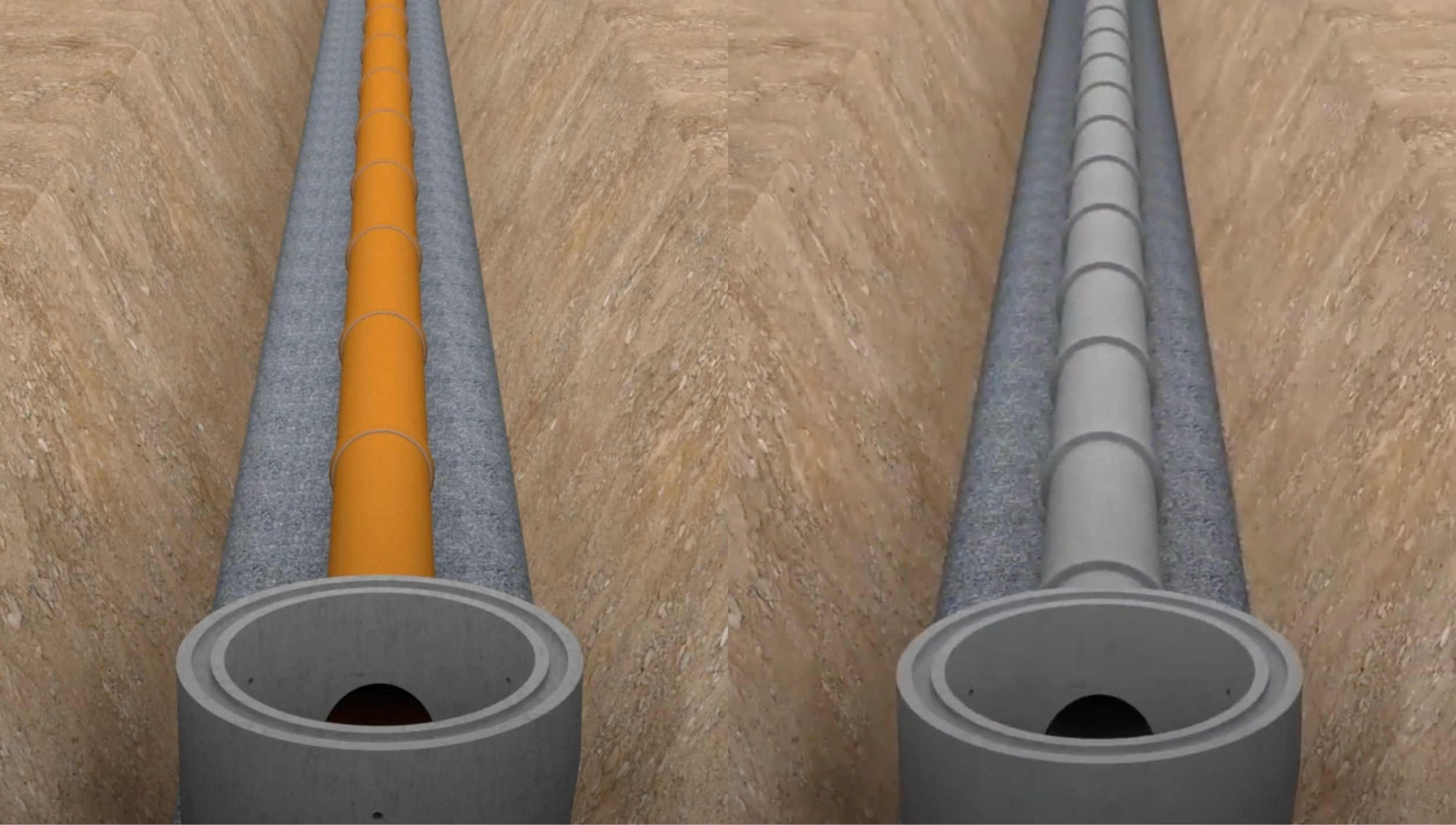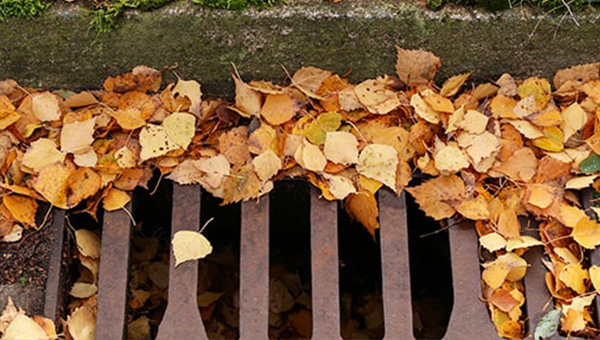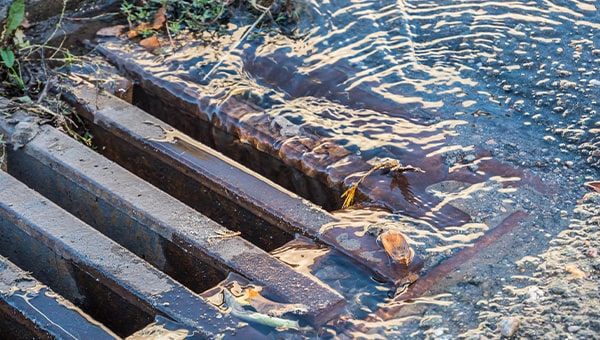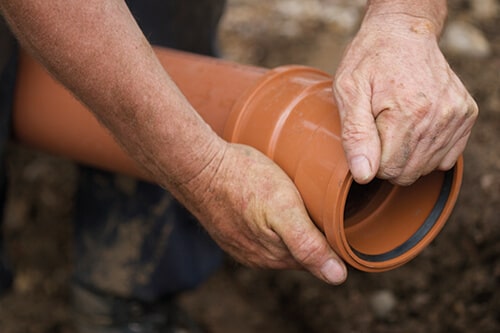
If you ever experienced problems with your underground drainage system it is essential to know what is your responsibility and what is not.
Normally, it is understood that you are responsible for any drains inside the boundaries of your property, this includes your sewer system and any surface water drainage system. Any pipework which is outside the boundaries of your property, is the responsibility of the local water authority.
Any shared drains, for instance if you live in a terrace or semi-detached house, are also the responsibility of the local water authority.
However, if your house is older it might be possible that your sewer is unadopted (private) and not publicly owned. If this is the case then you will be responsible for maintaining it.
A lateral drain is a pipe which carries wastewater away from your home> It is sited under your home and often under a pavement or road by your house. If there are any problems or alterations to this system, you will not be responsible for this.
A sewer will collect waste water from the drains which are linked to different buildings. These will, more than likely, be publicly owned so are fixed and maintained by your local water company. However again, there are still some privately-owned sewers which tend to be in older properties. If this is the case you will be connected to a cess pit or septic tank. This will be your responsibility to maintain.
If you have a private sewer or lateral drain it is possible to ask your sewerage company to adopt them, but they must be satisfied that by doing this it will benefit the sewage system as a whole.
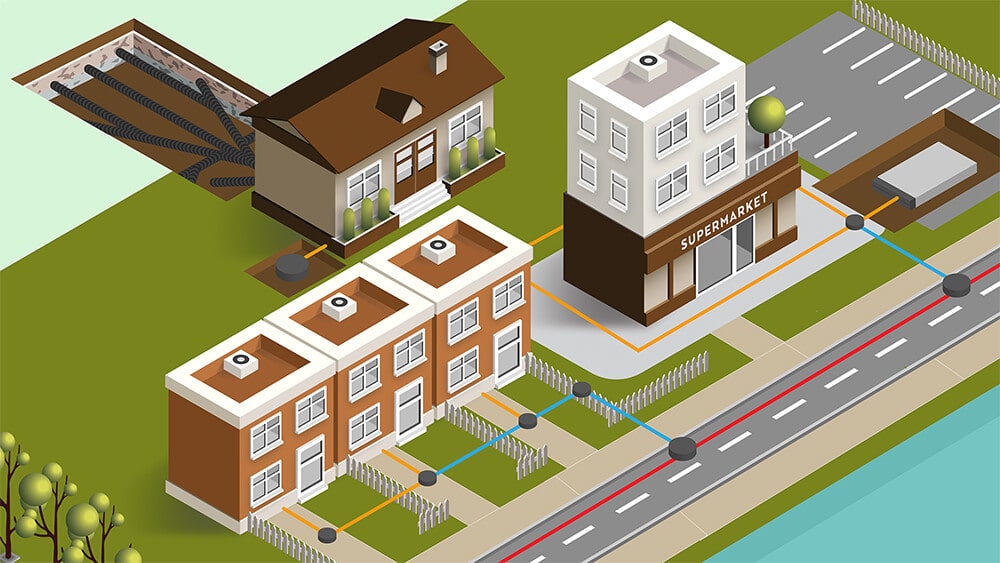
The above image shows in different scenarios who is responsible for certain parts of the drainage system.
- Orange pipes indicate a private drain. This means the property owner alone is responsible for the upkeep and maintance of this drain. Here we show that private drains are located on every property.
- Blue pipes indicate shared drains. A shared drain is present whenever a drain serves more than one property, or is adopted by the local water company.
- Red pipes indicate a public drain. These drains are owned and maintained by the local water acompany and are normaly positioned underneath highways.
The general rule is that whenever a drain serves more than one property it turns into a shared drain, which is then the responsibility of the water company. If you have an older property with a septic tank, like the proprty nearer the back, all of your drains will be private.
How do I know if my sewer or drain is private?
- Ask your local water authority
- Refer to the deeds of your home
- Look at a sewer map which will be available for you through your sewerage company if you ask.
- Check with your local council/district authority.


